The Siberian is considered to be a semi longhair breed of cat. The Siberian cat breed is recognized by most cat organizations, which accept Siberians of any color (including color points) for competition.
The Siberian Temperament
Devoted and attentive, Siberian cats are often heralded as the dog of the cat world. Highly intelligent, Siberians will come when called and will often seek out their owners for lengthy conversations with their chirp-like voices. They are friendly and highly adaptable, confident, and good natured.
Siberians love human contact and, in general, are particularly fond of children. They adore affection and are often underfoot, waiting to have their ears scratched or their bellies rubbed. Siberians consider themselves to be lap cats and are happiest curled up on their owner's lap having their chin's scratched. They reward their owners by letting them know how much they are loved with a long, low purr.
Siberian Cat Appearance
Known to be an exceptionally high jumper, the Siberian is a strong and powerfully built cat, with well proportioned characteristics that include strong hindquarters and large stomachs. They typically weigh between 15 to 20 pounds (6.8 to 9.1 kg) for the males, or 10 to 15 pounds (4.5 to 6.8 kg) for females. They are shorter and stockier than Maine Coon cats and Norwegian Forest Cats , even though they can attain approximately the same weight. Also, Siberians typically attain their full growth more slowly, typically over their first 5 years.
The back is long and very slightly curved but appears horizontal in motion. The compact rounded belly develops with age. The hind-leg of the the Siberian is slightly longer than the front legs, with large and powerful firm rounded paws.
The head of the Siberian is a modified wedge of medium size with rounded contours broader at the skull and narrowing slightly to a full rounded muzzle with well rounded chin. The cheek bones are neither high set or prominent there should be a good distance between the ears and the eyes. The forehead being flat and the nose has a slight curvature before the tip the neck is medium in length and round and well muscled.
Siberian Cat Colors and Coats
While there is no scientific evidence, anecdotal evidence from breeders and pet owners claims that Siberians are hypoallergenic , with some claims that the female causes fewer allergic reactions than the male. Many people believe that the breed produces less Fel d1 , the primary allergen present on cats.
In 1999 Indoor Biotechnologies tested the fur for four cats for Fel d 1; a mixed breed, two Siberians, and an Abyssinian. The results showed the Siberian and Abyssinian cat fur as having lower Fel d 1 levels than the mixed breed cat. Indoor Biotechnologies cautions that the Siberian levels were still high, and that the mixed breed sample was "exceptionally high." Indoor Biotechnologies warns against using these results to make decisions of pet ownership.
Siberian fur is textured, medium-long and usually tabby patterned. Their fur is plush, can have a wide range of coloration (including points), and does not have a tendency to mat.
The Siberian is recognized in a wide variety of colours and patterns including colourpointed. Chocolate, Cinnamon, Caramel and the according dilute colours (Lilac, Fawn, and Apricot) are not accepted in any pattern combinations (solid, bi-colour, tri-colour, tabby or colourpointed.) Burmese or Tonkinese colour restriction are also not accepted. Any amount of white is allowed, (i.e. white on paws, chest, belly, blaze, locket etc.) on all patterns and colours including the colourpointed variety. The colourpointed variety can be called Neva Masquerade. Allowance should be made for belly spots and shading on colourpoints.
Siberian Cat Origin
The history of Siberian cat breed started in the Soviet Union almost simultaneously with the history of felinological movement as a whole. Those who started breeding the Siberian had had hard times as they had to study the new to them science of felinology from a scratch, study genetics and learn about international cat standards and judgment systems, breeding methods, etc.
Work on the Siberian breed started in 1986-1989 in some major cities, simultaneously with creating the first cat fancier's clubs in those cities. The first semi-longhair cats, by that time - cats of no specific breed, we shown in 1987 at cat shows in Moscow and Leningrad.
In the first shows some of the exhibited semi-longhair cats were classified by international judges as Norwegian Forest and Balinese cats. Taking into consideration that the Soviet semi-longhair cats were distinctively different from their Western counterparts, the idea spread to develop a separate local semi-longhair cat breed. Different names were suggested for the new breed, the "Moscow Semi-Longhair" among them, but the most historically appropriate name was chosen and that was "Siberian".
Such a name was chosen not because the cats were brought from Siberia (in fact, many of them were not), but because the type of the cat with long thick water-proof hair was associated with the severe climactic conditions of Siberia. Along with that, we should remember that "Siberian cat" was the traditional name for big furry cats in Russia.
In 1989 the Soviet Felinological Federation registers the Siberian breed.
The standard, initially described by Mironova Olga Sergeevna, was eventually perfected. In October, 1989 Mironova sent the new standard description to the Schultz in Germany and it was them who eventually spread the standard description to many semi-longhair cat judges in Europe.
In 1991 this variant of the standard description is accepted by WCF as a working standard. The official standard was accepted by the expert commission of WCF in 1994 and was published in 1995.
In 1997 in Moscow, during the FIFe show, the Siberian cats of 4 different generations were showed. In May, 1997 Olga Sizova and Oksana Andreeva demonstrated the winners of the Moscow show (Onyx Gloria and Tsarevna Cecilia Seliger) to the FIFE commission in Helsinki and achieved the acceptance of the breed standard. Since then the Siberian cats are eligible to receive Champion titles in FIFE shows.
In 1996 the Siberian breed standard was accepted by American TICA association.
After the presentation of the Siberian breed before the CFA commission on February 6, 2000, this breed received the official status in this organization and can participate in shows in the miscellaneous class.

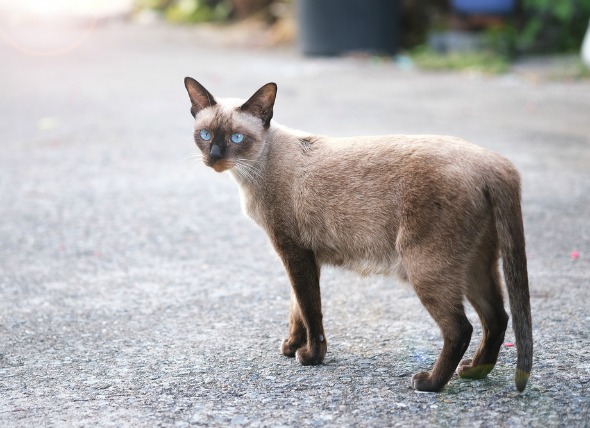 Fatty Skin Tumors in Cats
Lipoma in Cats
Lipomas are soft masses or tumors
Fatty Skin Tumors in Cats
Lipoma in Cats
Lipomas are soft masses or tumors
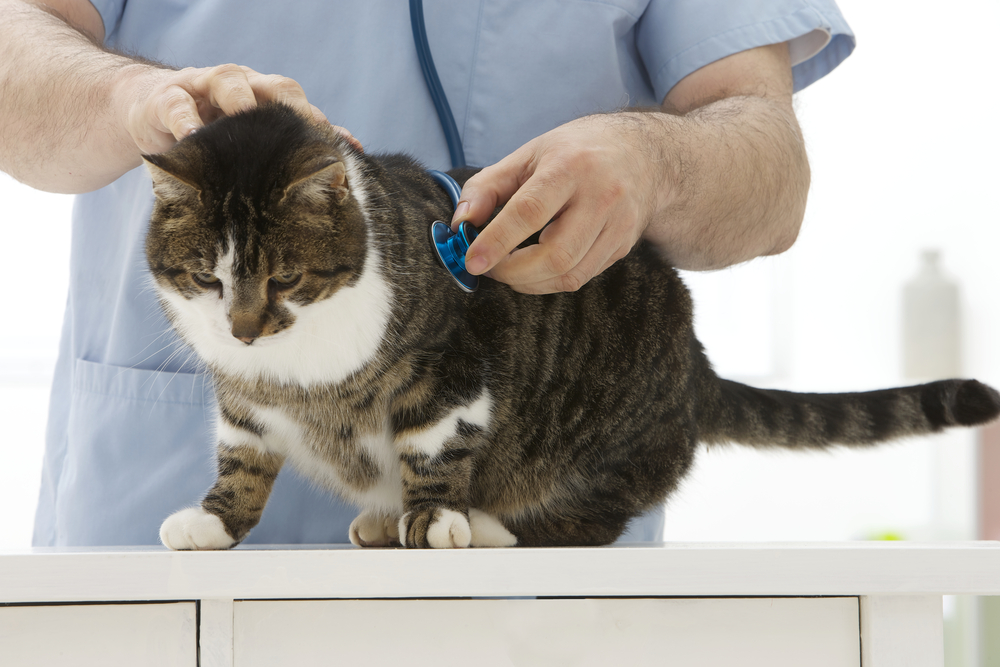 Particles in the Urine in Cats
Cylindruria in Cats
Particle matter in the urine
Particles in the Urine in Cats
Cylindruria in Cats
Particle matter in the urine
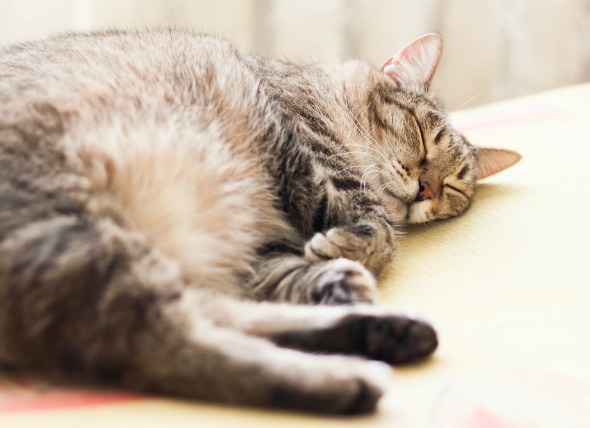 Swelling in Cats
Peripheral Edema in Cats
Swelling due to an exces
Swelling in Cats
Peripheral Edema in Cats
Swelling due to an exces
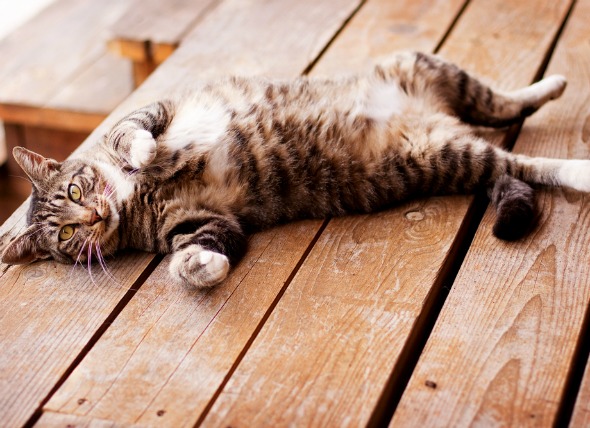 Stomach Inflammation (Atrophic) in Cats
Atrophic Gastritis in Cats
Interruptions in
Stomach Inflammation (Atrophic) in Cats
Atrophic Gastritis in Cats
Interruptions in
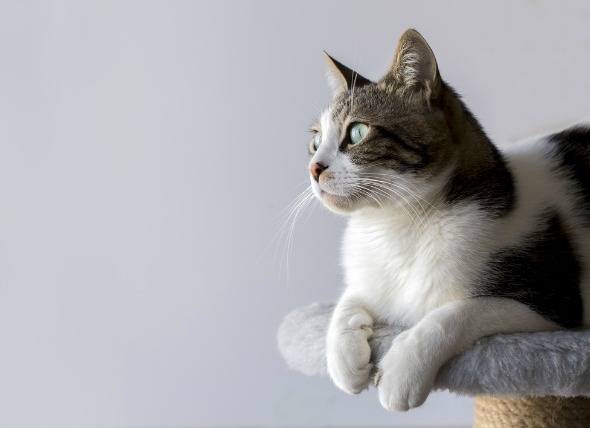 Head Pressing in Cats
Pressing the Head Against Objects in Cats
Head pr
Head Pressing in Cats
Pressing the Head Against Objects in Cats
Head pr